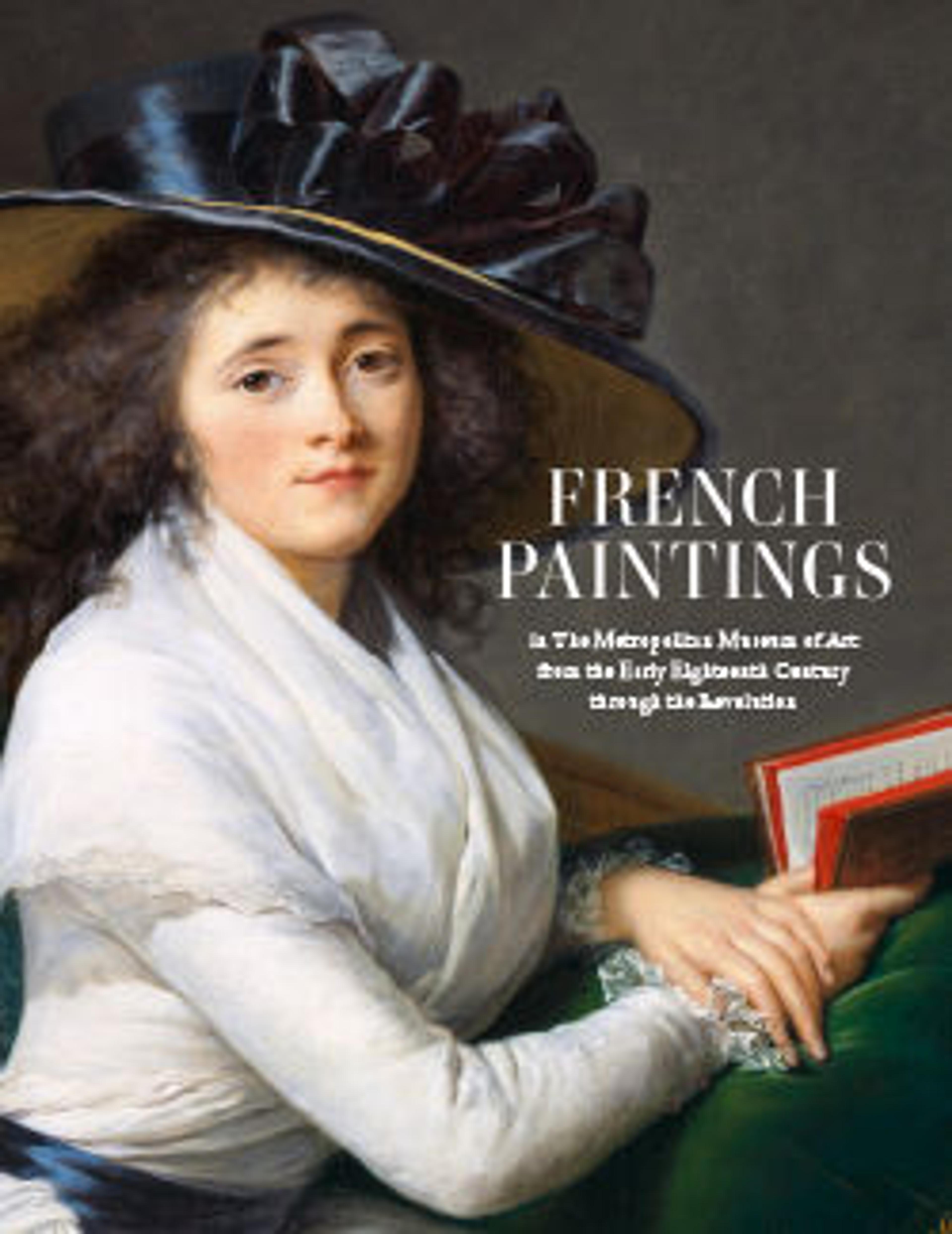A Shipwreck in a Storm
This pastel, large in scale for Pillement, persuasively suggests the dark, threatening, moisture-laden atmosphere of the storm. The sky occupies an exceptionally large part of the picture, and the artist strictly limited the use of the blues and greens that are typical of his palette to achieve a monochromatic effect. The spectators bear witness to the risk to life, as many who were on board the ship are presumably overcome by the elements. The date appears to be 1782, though 1792 is also possible.
Artwork Details
- Title:A Shipwreck in a Storm
- Artist:Jean Pillement (French, Lyons 1728–1808 Lyons)
- Date:1782
- Medium:Pastel on gessoed canvas
- Dimensions:24 3/4 x 36 in. (62.9 x 91.4 cm)
- Classification:Pastels & Oil Sketches on Paper
- Credit Line:Gift of Martin Birnbaum, 1956
- Object Number:56.7
- Curatorial Department: European Paintings
More Artwork
Research Resources
The Met provides unparalleled resources for research and welcomes an international community of students and scholars. The Met's Open Access API is where creators and researchers can connect to the The Met collection. Open Access data and public domain images are available for unrestricted commercial and noncommercial use without permission or fee.
To request images under copyright and other restrictions, please use this Image Request form.
Feedback
We continue to research and examine historical and cultural context for objects in The Met collection. If you have comments or questions about this object record, please contact us using the form below. The Museum looks forward to receiving your comments.
